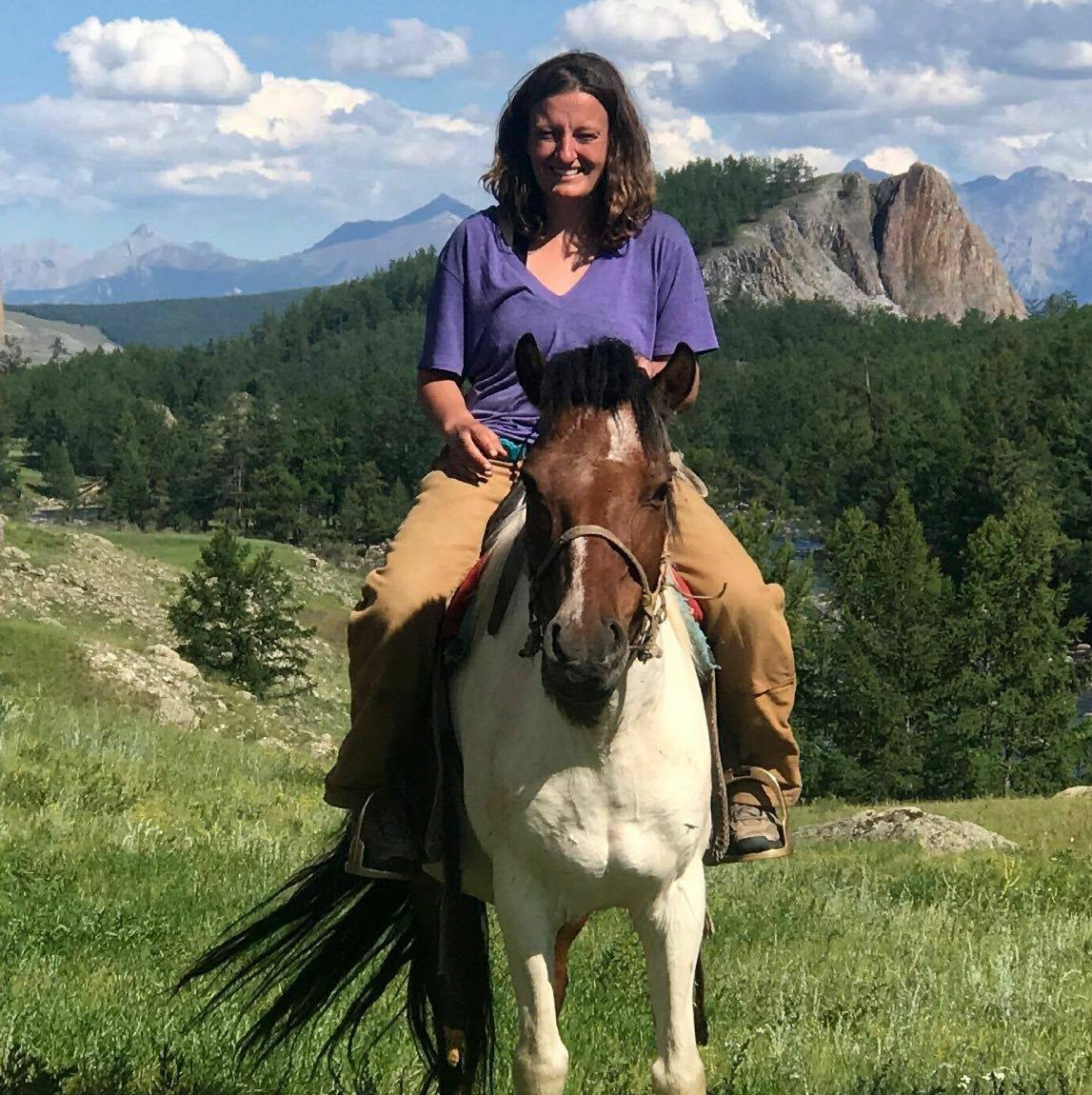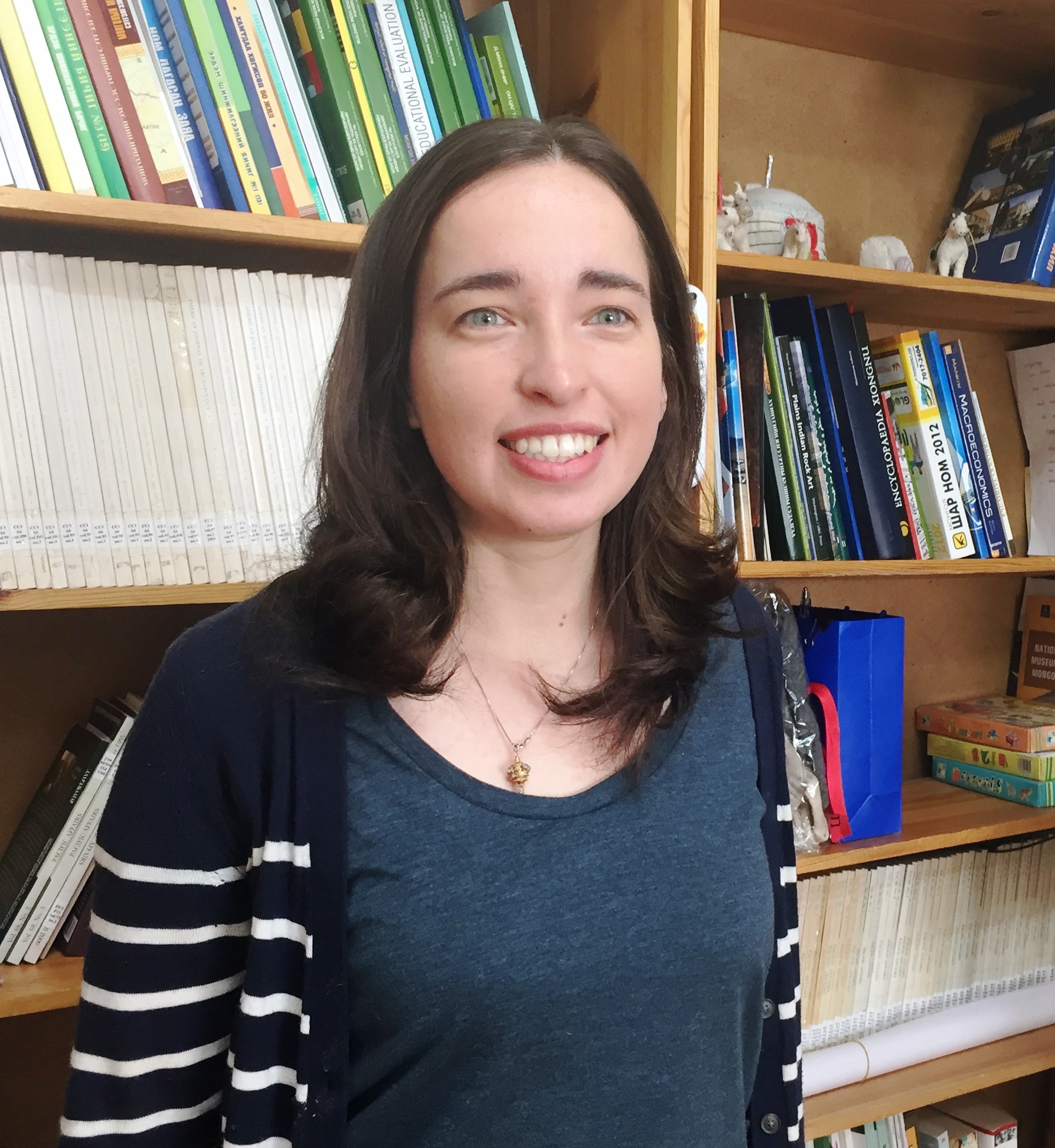Speaker Series
Speaker Series – The ‘festival of forty thousand horses’: number and value in the Mongolian countryside.
Synopsis Since the end of state socialism in Mongolia, animal ownership has shifted from being largely collective-based to being vested in private households. Much attention has been given to how herding households strive to increase the sizes of their flocks. From this perspective, increasing the quantity of herd animals is seen as a response to […]
Speaker Series – Recovering Mongolia’s Frozen Past: Understanding Taiga and Alpine Prehistory through Ice Patch Archaeology
Synopsis Among Mongolia’s diverse landscapes and ecological zones, few have captured the imagination as much as the montane northern taiga – home to domestic reindeer herders, and haven for many threatened wildlife species. Recent decades of archaeological research in northern Mongolia’s Darkhad region reveal that the landscape adjoining the taiga has been used for thousands […]
Speaker Series – M. Saandar and J. K. Cluer
Rephotography of the Central Asiatic Expeditions, Mongolia – 1919-1925: Chasing Roy Chapman Andrews Across the Gobi and Imaging 100 Years of Change Like most good ideas in Mongolia, the concept of rephotographing the extensive image collection generated by the early 20th century Central Asiatic Expedition sprang up over dinner in an Irish pub in Ulaanbaatar, sometime in […]
Sas Carey – Migration (documentary)
Genre: Documentary Duration: 80 min Director: Sas Carey Language: Mongolian (with English subtitle) Synopsis “Reindeer get restless and begin to move on to other pastures. When they start moving, we follow,” explains nomad Tsetsegmaa. To the Dukhas of Mongolia, reindeer are the core of their existence. They are ridden, packed with goods, milked, and, when needed, […]
Speaker Series – Sanchir Jargalsaikhan
Environmental Governance in Mongolia: Challenges and Prospects The biggest challenge Mongolia faces in the present is how to limit the negative consequences related to overexploitation of the environment and unsustainable use of natural resources. An effective legal system that regulates human activities is essential in achieving sustainable development goals (SDGs). Given the high dependence of […]
Speaker Series – Dr. Julia Clark
Looting and Climate Change Threats to Mongolian Archaeology and Cultural Heritage Both looting and shifting climate norms have a long history in Mongolia, as in many regions of the world. However, there is increasing evidence that both are impacting Mongolian archaeological sites and cultural heritage at unprecedented levels. Neither looting nor climate change are simple […]
Speaker Series – Jonathan Addleton
Mongolia and the United States: The First 150 Years There is no certainly as to when the first US citizen visited the territory that now constitutes Mongolia. However, travel passes dating to the Manchu period in the Mongolian National Archives in Ulaanbaatar provide intriguing clues -- including one dating to 1862 that authorizes a "Mr. […]
Speaker Series – Kim Dupont-Madinier
Energy Efficient Gers for the Ger Districts Ulaanbaatar is the most polluted city in the world in the winter, where deadly air pollution has quickly become one of Mongolia’s biggest problems. The scope of Kim Dupont-Madinier's Fulbright Research Fellowship is to develop a ger that uses the energy efficient construction guidelines by following the Passive […]
Speaker Series – The Bound Steppe: Notes on Enslavement in Qing Mongolia
This presentation will briefly examine several archival examples of enslavement to illustrate several important topics and challenges in the history of slavery in Mongolia: the phenomenon of slavery skepticism in Inner Asian history, the terminology of enslavement in early modern Mongolia, and the seeming disappearance of slavery as a formal practice in the nineteenth century. […]
Speaker Series – Anne-Sophie Pratte
Mapping the Land and Making Borders: A Study of Mongolian Cartography from the Late 18th to the Early 20th century From the late 18th to the early 20th century, nine local maps of the Üizen banner (a part of the modern day Dornod aimag) were drawn by local Mongol administrators, who were tasked with mapping […]









